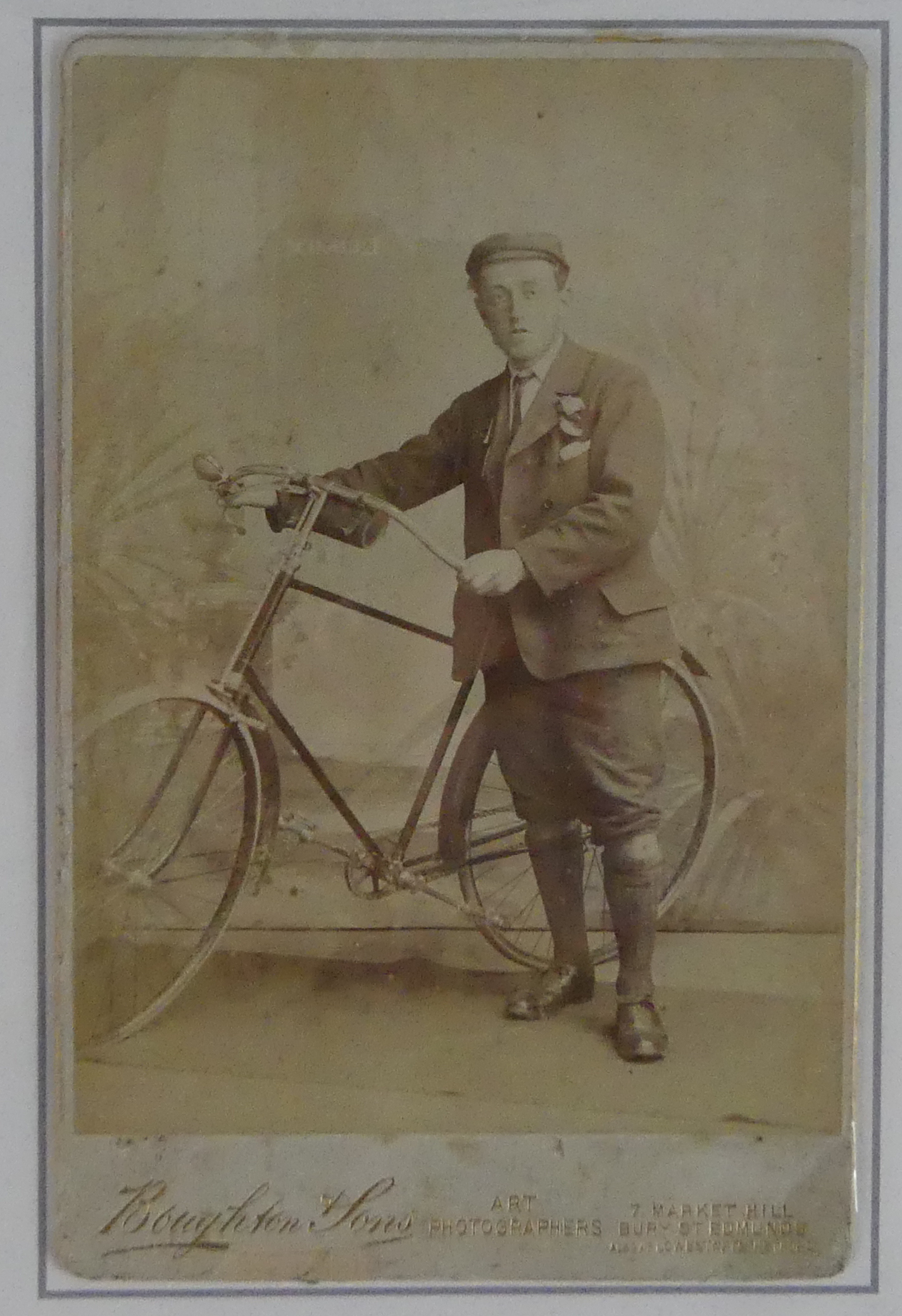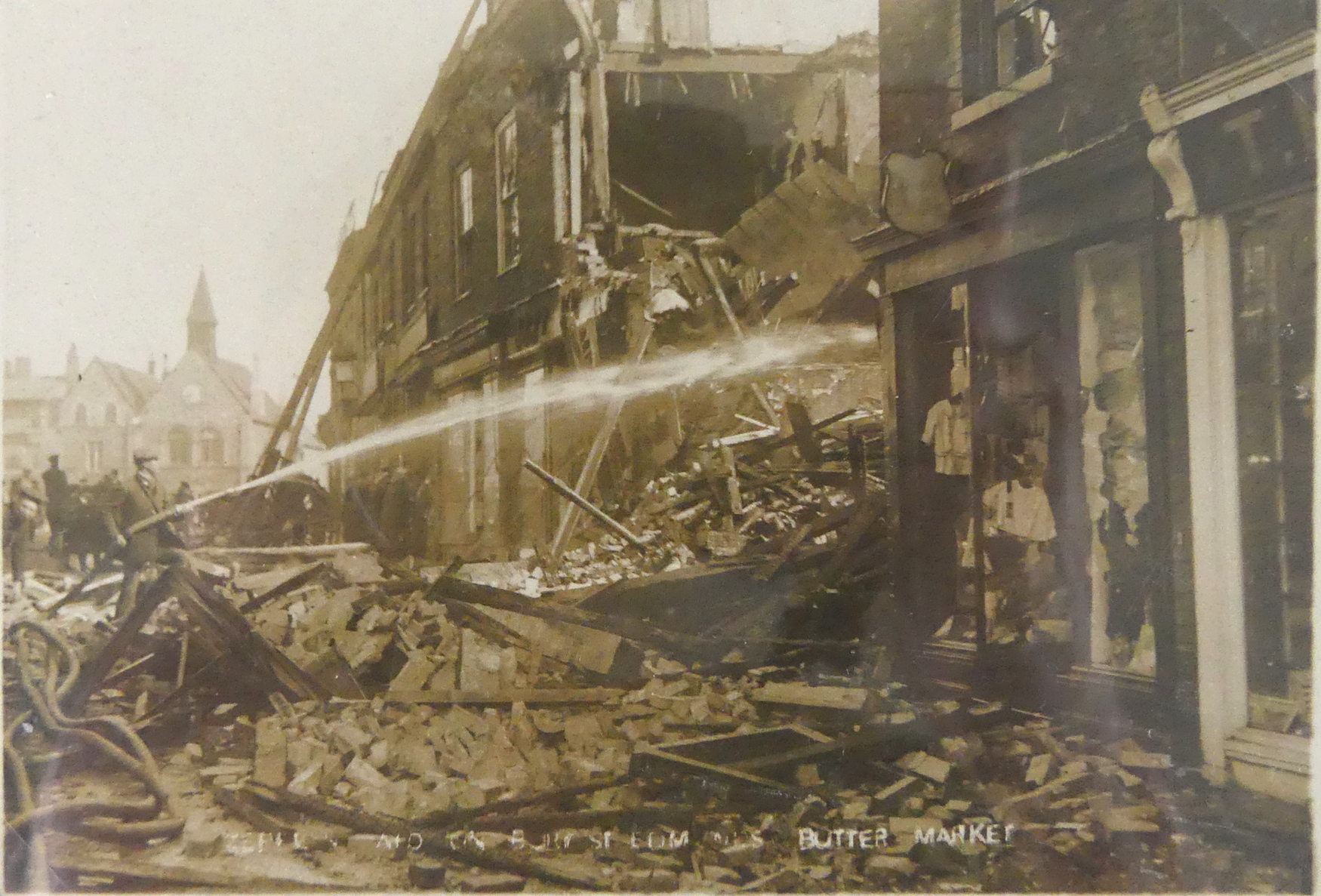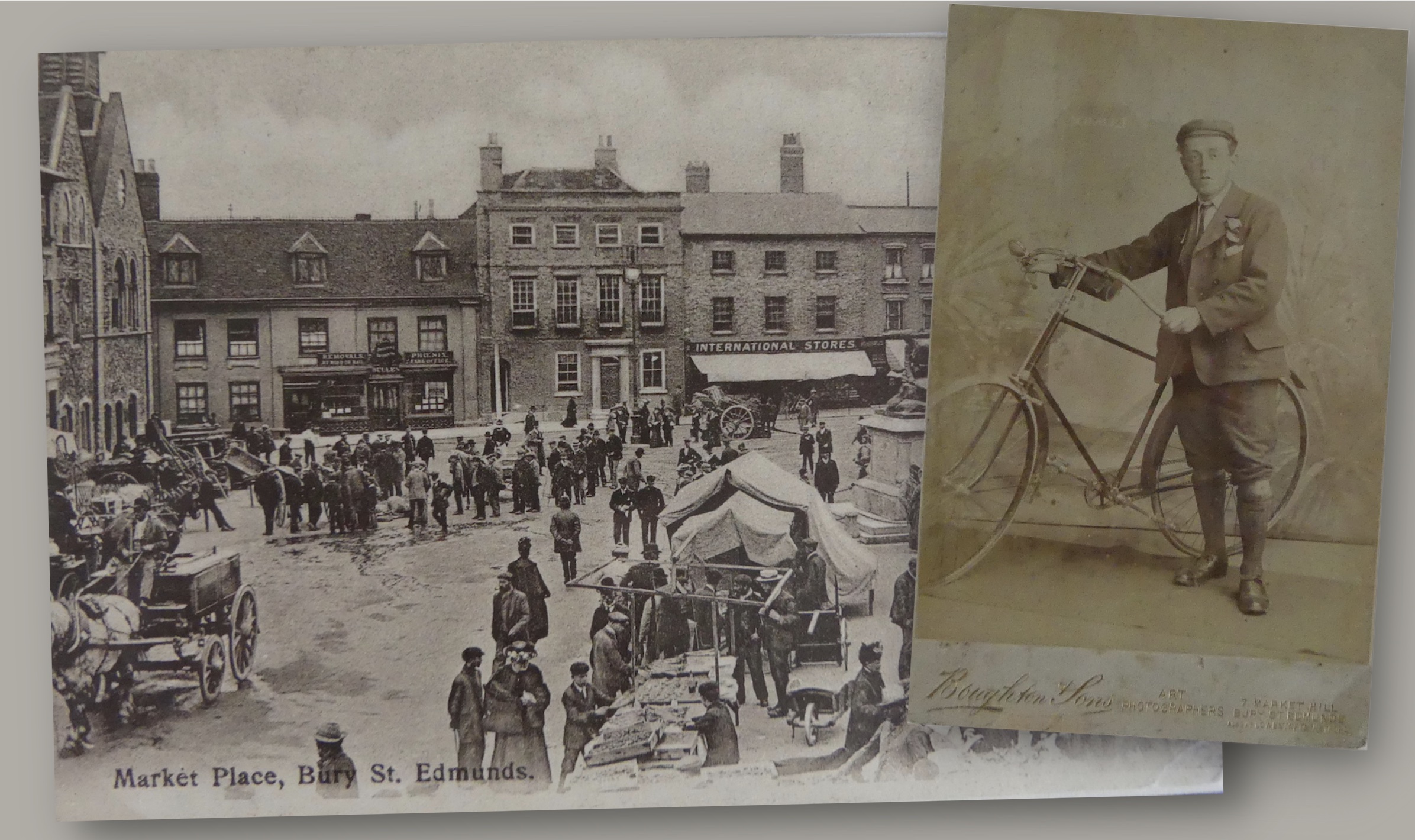#Historic #Suffolk #postcards #show #countys #Antique #Collecting
 A collection of historic postcards featuring bygone scenes of Suffolk will go under the hammer in county auction house, Lacy Scott & Knight on November 11.
A collection of historic postcards featuring bygone scenes of Suffolk will go under the hammer in county auction house, Lacy Scott & Knight on November 11.
Views of Bury St Edmunds in the west of the country and surrounding villages captured during the late Victorian and Edwardian eras reveal both how much things have changed and also remained the same.

Comprising a large single-owner collection of early photographic and printed postcards and ephemera, the images include horse-drawn carts in the town’s Butter Market, steam trains at the station, long-gone shop fronts and closed pubs, the aftermath of a Zeppelin raid in 1915 and a Suffolk Regiment procession through the town.
Most surrounding villages are represented with pictures of Clare Priory, the main dining room of Culford Hall, a row of bonneted children on the bridge outside the Affleck Arms in Dalham, Ampton Hall in use as a WWI auxiliary rehabilitation hospital, horse-drawn carriages on Newmarket High Street, and a boy delivering a tray of loaves upon his head through Ixworth.
Also included is an album of photographic carte-de-visite and studio portraits of local people by Bury photographers such as Spanton, Jarman, Aston and Clarke. Unfortunately, while the sitters are unidentified the evocative portraits range from simple head-and-shoulders images to family shots and many with studio stage props (and possibly cherished personal items such as the young man holding up his bicycle). Most of the cards bear local post office stamps.

Aside from the postcards, there is a large amount of written ephemera such as invoices and letterheads from former Bury St Edmunds’ businesses including Vale & Richardson watchmakers and jewellers (who made the Moyse’s Hall ‘town’ clock), the 1897 Christmas specialties price list for Thomas Ridley & Son grocers of Abbeygate Street which is still thriving (although no longer based in the town centre), Chas Bullen cabinet maker on the Butter Market, Westgate Brewery (Greene King), Charles William Tozer master plumber of Hatter Street, Catling printers of Lower Baxter Street, Robert Boby ironworks and many more.
Most of the bills and receipts are for the West Suffolk County Club, which was rebuilt on the corner of Abbeygate Street and Hatter Street in 1893 (after a fire the previous year). It was described in Kelly’s Directory as having reading and dining rooms, billiard and cards room, a ladies drawing room and a smoking room (hence the rather large receipt from Benjamin Christopher tobacconist and cigar merchant of 10 Abbeygate). Records for the Club held in the Suffolk archives continue up until 1977 and the building is now Ming’s restaurant.

Another part of the collection contains items pertaining to the legendary 1907 Bury Pageant, which was reported in the national and international press. This spectacular event included approximately 2,000 performers (almost an eighth of the town’s population at the time) including local dignitaries playing historical figures ranging from Boudica entering the arena on a chariot, through events which put Bury on the map such as the martyrdom of St Edmund and the signing of the Magna Carta. Local artist Rose Mead designed a set of postcards for the event, several of which are included here, as well as photographic postcards and printed guides, together with a rare complete copy of the script of the pageant.
Helen Robson, fine art administrator at Lacy Scoytt & Knight, said: “This is an absolute treasure trove of local history with many aspects for collectors and historians to explore (if you can drag your interest away from the intriguing messages on the backs of the postcards). These tangible reminders of a bygone era in a very familiar setting provide so much more than an Instagram pout obscuring an important landmark.”
The collection will be available for viewing on Friday 10th November 10am-4pm where people can see the lots for themselves – and maybe even bid to secure a snapshot of Bury St Edmund’s past.




